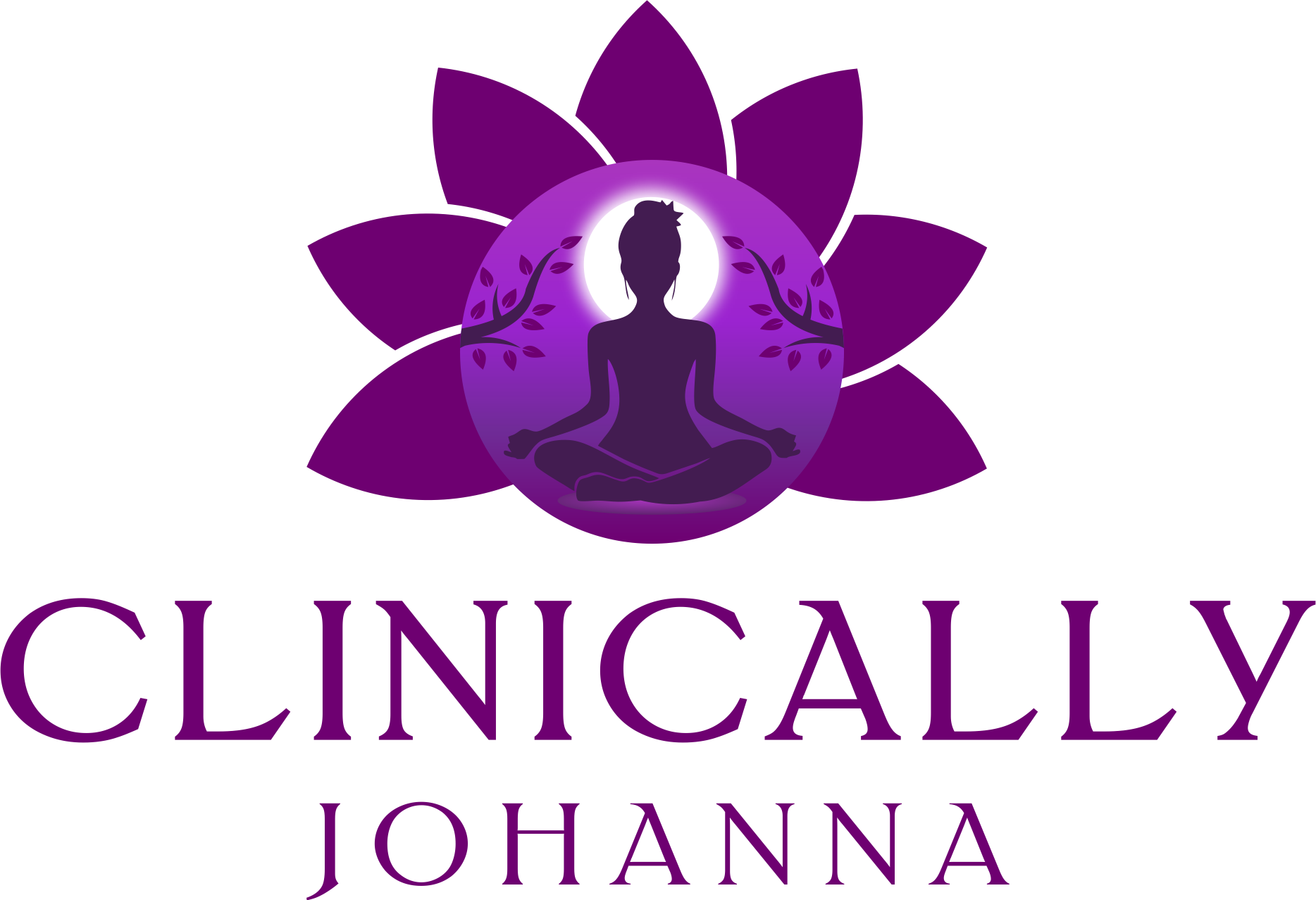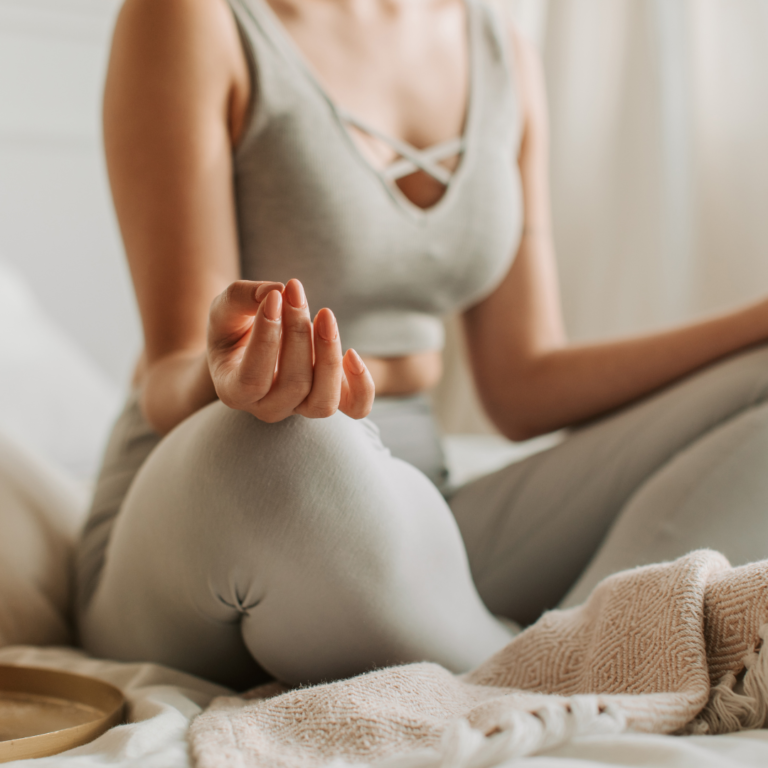
Welcome back friends, in this post I want to give you a little guide to mindful well-being. This guide emphasizes empowering individuals to take an active role in their healing journey, addressing the interconnectedness of the mind, body, and spirit. Here are key elements that might be included in such a guide:
Holistic Assessment:
Begin with a thorough assessment that considers physical, emotional, mental, and spiritual aspects of an individual’s well-being. This holistic approach helps identify areas that may require attention and provides a foundation for personalized treatment plans.
Mindfulness Practices:
Integrate mindfulness techniques into therapeutic sessions to promote present-moment awareness, stress reduction, and emotional regulation. Mindfulness meditation, deep breathing exercises, and mindful movement can be tailored to individual preferences and needs.
Nutritional Guidance:
Recognize the connection between nutrition and mental health. Offer guidance on maintaining a balanced diet that supports physical and mental well-being. Consider collaborating with nutrition professionals to create personalized nutrition plans.
Movement and Exercise:
Encourage regular physical activity that aligns with individual preferences and capabilities. Exercise has proven benefits for mental health, including stress reduction, improved mood, and increased energy levels.
Cognitive and Emotional Support:
Employ evidence-based therapeutic techniques to address cognitive patterns and emotional well-being. Cognitive-behavioral therapy (CBT), positive psychology, and emotion-focused approaches can be integrated into the therapeutic process.
Energy Healing Modalities:
Explore and incorporate holistic healing modalities such as Reiki, acupuncture, or other energy-based practices. These modalities aim to balance the body’s energy and promote overall well-being.
Nature Connection:
Recognize the therapeutic benefits of nature and encourage spending time outdoors. Nature walks, ecotherapy, or simply spending time in natural settings can enhance mental and emotional resilience.
Creative Expression:
Incorporate creative arts therapies, expressive writing, or other forms of artistic expression to promote self-discovery, emotional release, and personal growth.
Connection and Community:
Emphasize the importance of social connections and community support. Foster a sense of belonging and encourage individuals to build and maintain healthy relationships.
Goal Setting and Empowerment:
Collaboratively set realistic and achievable goals that align with the individual’s values and aspirations. Empower clients to take an active role in their healing process and celebrate progress along the way.
Self-Reflection and Journaling:
Encourage individuals to engage in regular self-reflection through journaling. This practice can enhance self-awareness, clarify thoughts and feelings, and track progress over time.
By combining these elements, a holistic therapist can create a personalized and empowering approach to healing that considers the whole person—mind, body, and spirit. The guide aims to support individuals in cultivating a mindful and balanced lifestyle that fosters overall well-being.


